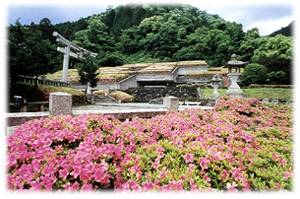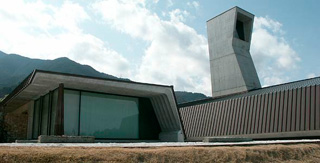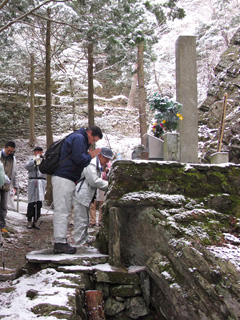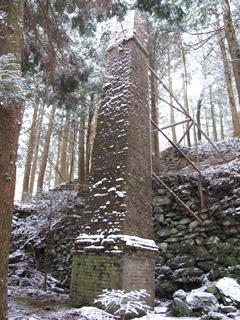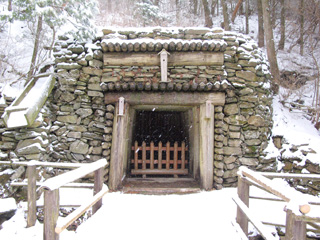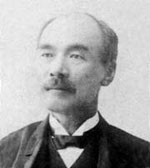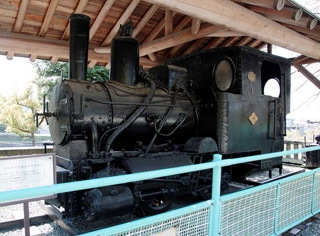Sumitomo sought the Tokugawa shogunate’s permission to exploit the immense deposit found in the Akaishi Mountain Range in Iyo (Matsuyama). Granted permission in August 1691, Sumitomo opened the Besshi Copper Mines.
1691 stands out as a watershed year in the broad sweep of Sumitomo’s history of more than 400 years. During the almost 300 years from the mines’ inauguration to their closure in 1973, despite the fluctuating fortune of the Besshi Copper Mines, they always remained one of the foremost sources of copper in Japan. In Niihama City, there are two museums devoted to the history of the Besshi Copper Mines and Sumitomo: The Besshi Copper Mine Memorial Museum houses a wealth of historical records illuminating the industrial heritage, whereas the Hirose Memorial Museum presents the accomplishments of Saihei Hirose, the manager of the Besshi Copper Mines who subsequently served as director-general of the House of Sumitomo.

 EN
EN